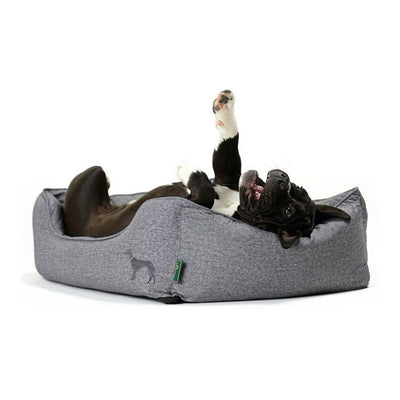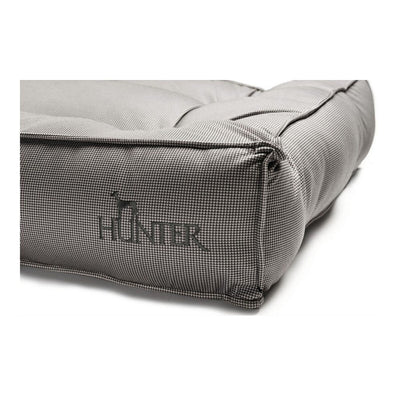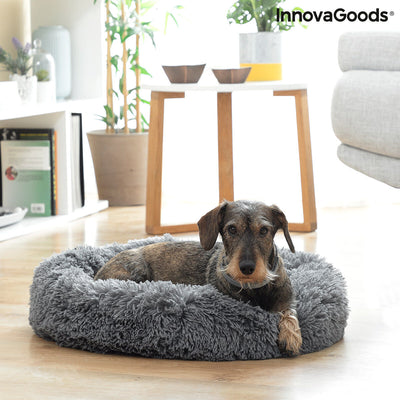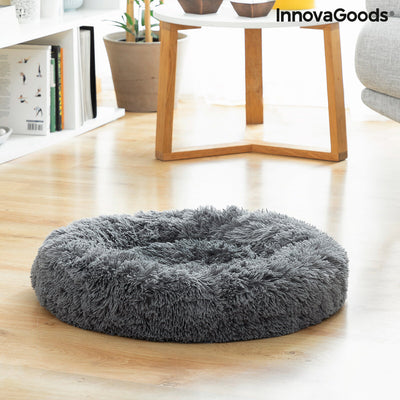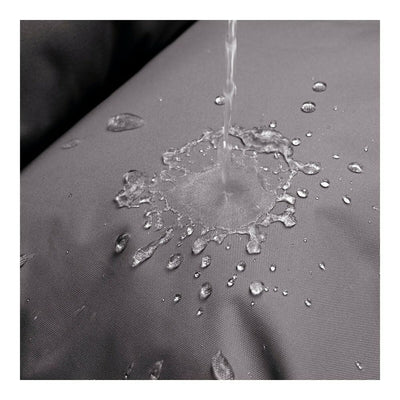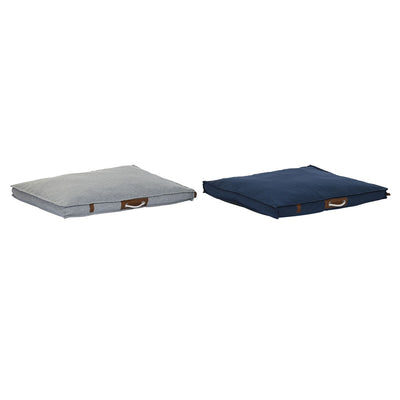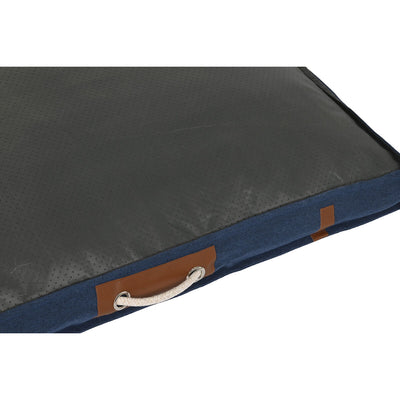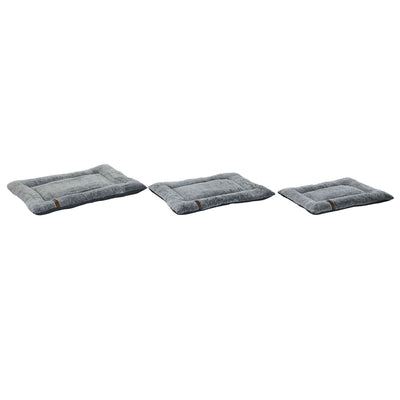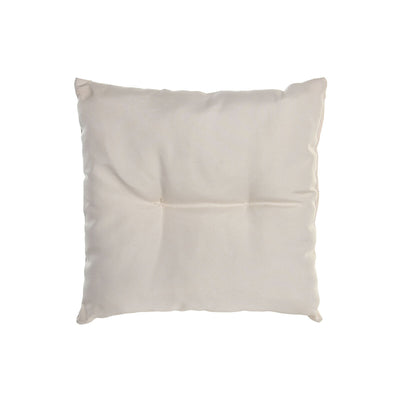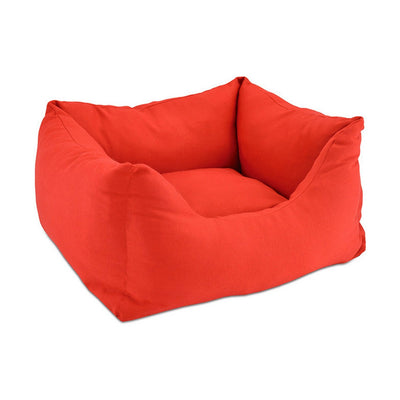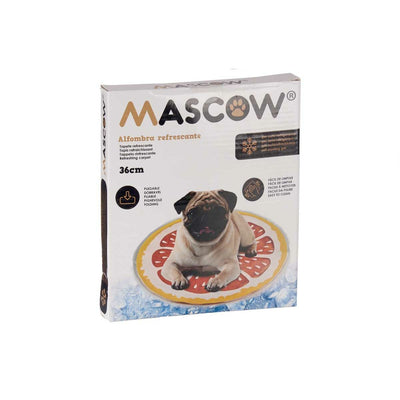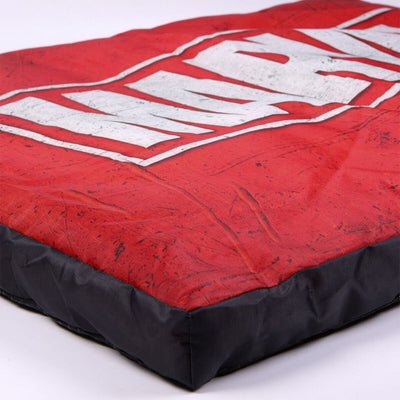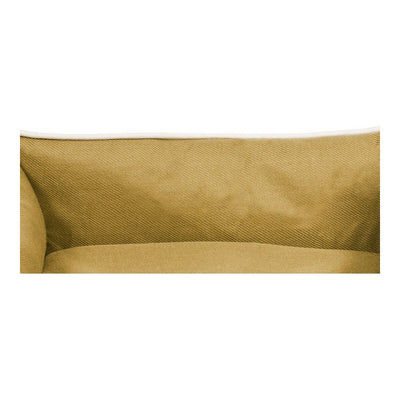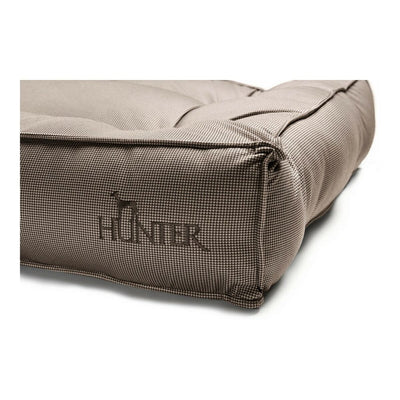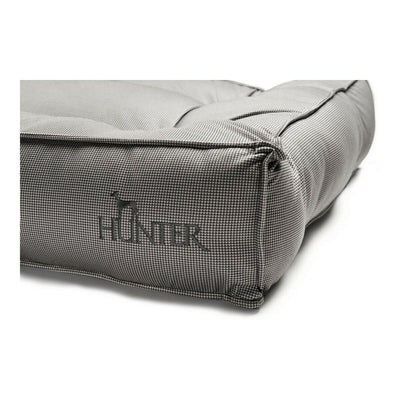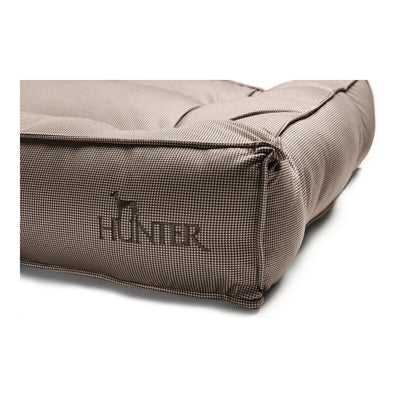
Dog bed
Choosing the perfect dog bed
Choosing the right dog bed is crucial to your furry friend's well-being and comfort. With the plethora of options available, it is important to consider various factors to ensure your dog gets the best rest possible. In this guide, you'll learn all about the most important considerations when choosing a dog bed, from materials and sizes to shapes and additional features.
How to choose the right dog bed
Size is an important factor when choosing the right dog bed. Dogs come in different shapes and sizes, so it's important to measure your furry friend accurately. Measure your dog from nose to tail while he sleeps and add a few inches for comfort. Additionally, consider your dog's sleeping habits - if he likes to stretch out, a larger bed is ideal.
The dog's age and health also play an important role when choosing the perfect bed. Puppies may prefer a softer, more comfortable bed, while older dogs or those with joint problems benefit from orthopedic beds with memory foam. Also consider your dog's habits - if he likes to chew, choose a bed with a chew-proof cover, and if he hides, a den or hooded bed might be his preference.
Which materials are best for dog beds?
Memory foam
Memory foam is a popular choice for dog beds because it supports dogs with arthritis, hip dysplasia, or joint problems. It distributes the weight evenly, reduces pressure on the joints and ensures a comfortable sleep. Many orthopedic dog beds feature memory foam to improve your pet's sleeping experience.
Orthopedic foam
Orthopedic foam is another great option, especially for older dogs or those with arthritis. This type of foam provides extra support and comfort, making it easier for dogs with joint or muscle problems to rest peacefully. When choosing an orthopedic bed, pay attention to the thickness and density of the foam to ensure it meets your dog's specific needs.
Polyester fiberfill
If you're looking for a soft and affordable option, polyester fiberfill beds are a great choice. This material is comfortable and suitable for dogs that like to hide or bury themselves. Polyester fiberfill beds come in a variety of shapes and sizes, making it easy to find the perfect bed for your furry friend.
Waterproof materials
Waterproof materials are important for dogs that are prone to accidents or for puppies that are still housetraining. These beds are easy to clean and maintain and provide a hygienic sleeping environment for your pet. Look for beds with a waterproof liner or cover to protect the mattress from accidents.
Microfiber and fleece
For dogs who prefer a soft and cozy sleeping surface, microfiber and fleece are an excellent material choice. These materials provide warmth, making them ideal for colder climates. Additionally, microfiber and fleece beds are often machine washable, ensuring easy care and cleanliness of the dog bed.
Which shapes and sizes are preferable?
Choosing the right shape and size dog bed is crucial to your dog's comfort. Different shapes correspond to different sleeping preferences, and choosing the right size ensures your dog has enough space to stretch out comfortably.
Rectangular beds
Rectangular beds are a common and versatile choice for most dogs. They come in different sizes for different breeds and are suitable for dogs that like to stretch out or sleep in different positions. Pay attention to the dimensions of the bed to ensure that it offers your dog enough space to relax.
Round beds
Round beds offer an enclosed design that gives dogs a sense of security. This shape is ideal for dogs who like to curl up while sleeping. Round beds often have raised edges or bolsters that provide your dog with a comfortable place to rest their head. Pay attention to the diameter of the bed to make sure it fits your dog's size and sleeping habits.
Orthopedic mattresses
Orthopedic mattresses are rectangular beds with extra support that are ideal for dogs with joint or muscle problems. These beds often feature memory foam or orthopedic foam to provide additional comfort and reduce pressure on sensitive areas. When choosing an orthopedic mattress, pay attention to the thickness and density of the foam to meet your dog's specific needs.
FAQs about dog beds
How often should I replace my dog's bed?
It is recommended to replace your dog's bed every 1 to 2 years, or sooner if it shows signs of wear and tear. Check regularly to see if the bed is flat or dented, and replace it if it no longer provides adequate support.
Can I use a human mattress for my dog?
This is possible, but not the best solution. Dog beds have special features tailored to the needs of dogs, such as: B. Waterproofness, chewing safety and good support for the joints. Investing in a high-quality dog bed ensures the comfort and well-being of your pet.
What is the best way to clean a dog bed?
Most dog beds come with removable, washable covers. Follow the manufacturer's care instructions and wash the bed regularly to maintain hygiene. Vacuuming between washes helps remove loose hair and dirt.
Are heated beds safe for dogs?
Heated beds can be safe for dogs, but it's important to follow the manufacturer's guidelines. Choose a bed with a thermostatic control to ensure a safe and comfortable temperature for your pet. Observe your dog's behavior to make sure he is comfortable in the heated bed.
How do I know if my dog needs an orthopedic bed?
If your dog is older, suffers from arthritis, hip dysplasia, or other joint problems, an orthopedic bed with memory foam or supportive foam is beneficial. Signs of discomfort during or after sleep, difficulty getting up, or changes in mobility are signs that an orthopedic bed may be beneficial.
When choosing the right dog bed, you need to consider your dog's size, age, health and sleeping habits. The material, shape and size of the bed play a crucial role in providing comfort and support. Knowing your dog's specific needs will allow you to create a cozy and relaxing space for your furry companion thanks to the wide selection at All4Pets.



